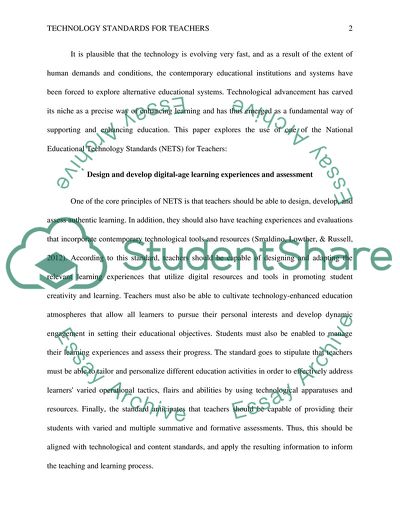Cite this document
(The National Educational Technology Standards for Teachers Essay Example | Topics and Well Written Essays - 1500 words, n.d.)
The National Educational Technology Standards for Teachers Essay Example | Topics and Well Written Essays - 1500 words. https://studentshare.org/education/1842624-scholarly-research-paper-543
The National Educational Technology Standards for Teachers Essay Example | Topics and Well Written Essays - 1500 words. https://studentshare.org/education/1842624-scholarly-research-paper-543
(The National Educational Technology Standards for Teachers Essay Example | Topics and Well Written Essays - 1500 Words)
The National Educational Technology Standards for Teachers Essay Example | Topics and Well Written Essays - 1500 Words. https://studentshare.org/education/1842624-scholarly-research-paper-543.
The National Educational Technology Standards for Teachers Essay Example | Topics and Well Written Essays - 1500 Words. https://studentshare.org/education/1842624-scholarly-research-paper-543.
“The National Educational Technology Standards for Teachers Essay Example | Topics and Well Written Essays - 1500 Words”. https://studentshare.org/education/1842624-scholarly-research-paper-543.


